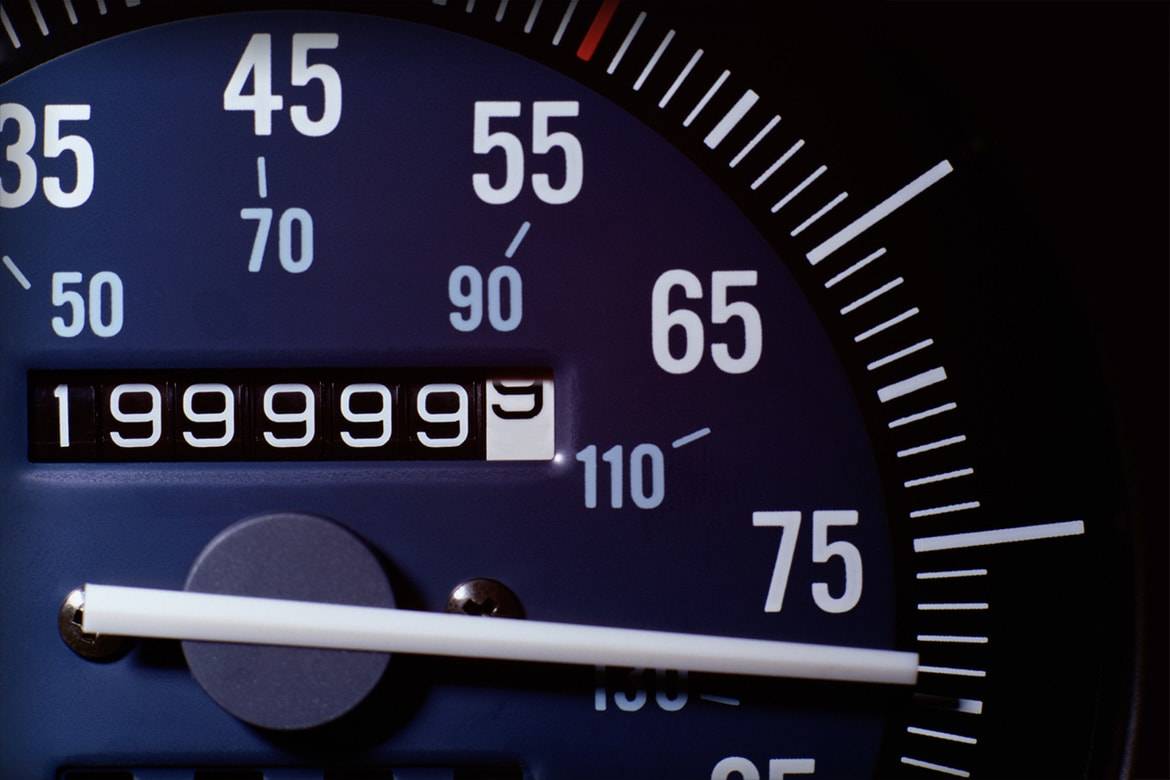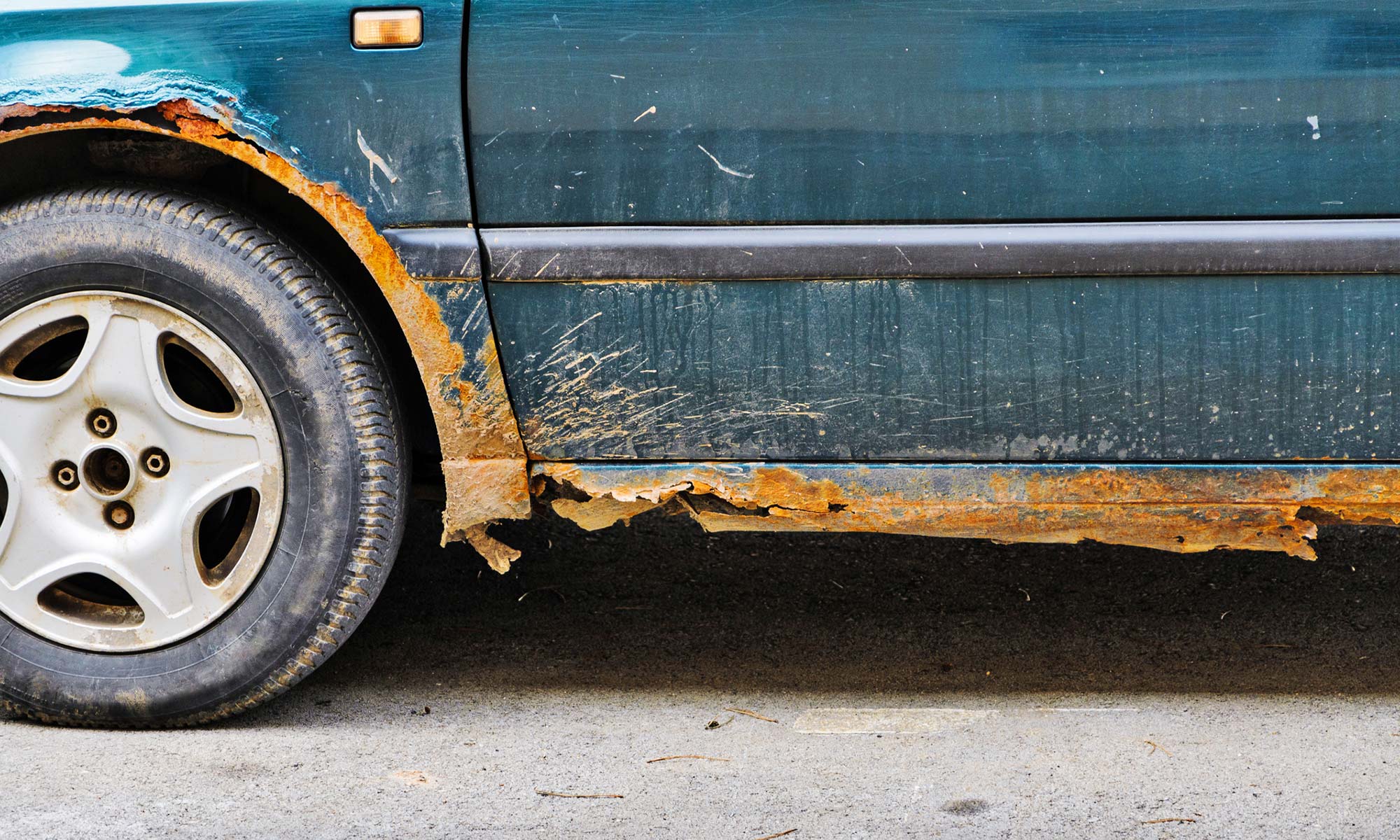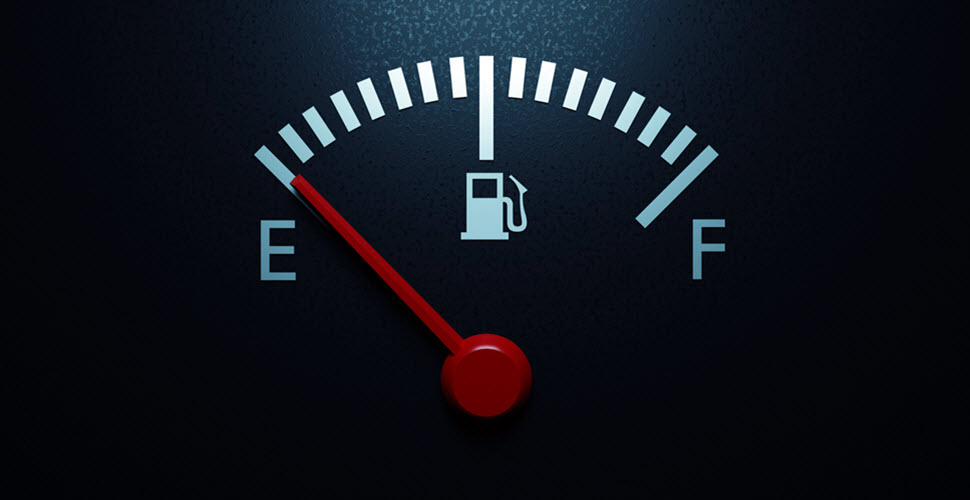
Deciding when to part ways with your trusted vehicle can feel like a monumental task. After all, cars are a significant investment, both financially and emotionally. You’ve shared countless commutes, road trips, and everyday moments with your current ride, and the thought of letting it go might bring a mix of apprehension and attachment.
Yet, every vehicle, no matter how well maintained, eventually reaches a point where its practical lifespan is drawing to a close. There comes a moment when the costs, inconveniences, and even the safety risks associated with keeping an older car begin to outweigh the benefits. Recognizing these critical indicators isn’t about being wasteful; it’s about making a smart, informed decision for your safety, your finances, and your overall peace of mind.
So, how do you know if your loyal companion is sending clear signals that it’s time for an upgrade? We’ve put together a comprehensive guide of the top 6 signs to watch out for. Paying attention to these telltale clues can help you determine if it’s time to start browsing for a new set of wheels, ensuring you make the decision before your car makes it for you.

1. **Frequent Breakdowns and Unreliability**There’s a special kind of dread that sets in when your car becomes a regular fixture at the mechanic’s shop. If you find yourself needing repairs more and more often, outside of routine maintenance, it’s a flashing red light. This isn’t just about the financial drain, which can be considerable, but also the sheer inconvenience and stress of constantly being without transportation.
Decreasing reliability can manifest in various ways, from the unpredictable failure to start to leaving you stranded on the side of the road. This unpredictable nature can severely disrupt your daily life, affecting your work, social plans, and overall stress levels. When long trips transform from enjoyable experiences into anxiety-inducing adventures, your car’s dependability has clearly declined, signaling it’s time for a more reliable mode of transportation.

2. **Expensive Repairs (Costs Outweigh Value)**One of the most crucial financial tipping points occurs when a single major repair bill, or the cumulative cost of ongoing fixes, starts to exceed your car’s actual value. This situation frequently arises with older vehicles, especially when critical components such as the engine or transmission decide to call it quits. It’s a tough pill to swallow when a repair could cost you £1,000, or more, knowing that money could be better spent.
Consider the “50% rule” often cited by automotive experts: if a repair costs more than half of your car’s current market value, or if the total repair costs over a single year surpass what your car is worth, it’s highly likely that replacing the vehicle is the more economical long-term decision. The funds you pour into fixing an aging car could be a significant down payment on a new, more reliable vehicle that will serve you for years to come, offering superior long-term value and peace of mind.

3. **Safety Concerns / Outdated Safety Features**Safety should always be paramount when it comes to your vehicle. If your car simply doesn’t feel safe to drive, or if you’re consistently noticing issues that raise concerns, it’s a clear indicator for an upgrade. Beyond obvious mechanical issues like a shaking steering wheel or a persistently illuminated electronic stability control light, consider the absence of modern safety technologies.
Newer cars, particularly electric vehicles, come equipped with a wealth of advanced safety features that have become standard. While side airbags and blind-spot monitoring are common, many modern vehicles also boast automatic emergency braking, forward collision warning, and lane departure avoidance systems. If your current vehicle lacks these crucial advancements, or if it experiences recurring safety issues like brake problems or airbag malfunctions, prioritizing the well-being of yourself and your passengers by investing in a safer, more modern vehicle is an undeniable must.

4. **High Mileage**While modern cars are remarkably resilient and can often surpass 200,000 miles with diligent maintenance, hitting those higher mileage markers can signal that your vehicle is nearing the end of its practical lifespan. As a car approaches or exceeds the 100,000 to 200,000-mile range, the major components within it become increasingly susceptible to failure, even if you’ve been meticulous with regular servicing.
The cost of keeping a high-mileage car running efficiently can quickly begin to outweigh its diminishing value. Beyond the increased likelihood of needing significant repairs, vehicles with substantial mileage often experience a noticeable decline in overall performance, a reduction in fuel efficiency, and a tendency to produce higher emissions. If your odometer is steadily spinning into the six-figure territory, it might be a wise financial and practical decision to begin exploring new car options before a major breakdown forces your hand.

5. **Rust and Corrosion**Significant rust or corrosion on your car’s body or, more critically, its undercarriage, is far more than just an aesthetic issue; it represents a grave structural concern. Rust can severely compromise the integrity of your vehicle’s frame and vital components, significantly reducing its ability to protect you and your passengers in the event of a collision. This deterioration weakens the very structure designed to absorb impact, making your car less safe.
Furthermore, rust can lead to holes in the car’s body, allowing water, dirt, and road debris to infiltrate, potentially damaging sensitive electrical systems and accelerating further corrosion in hidden areas. Once rust takes a firm hold, it becomes incredibly difficult and prohibitively expensive to halt its relentless spread. In regions where road salt is commonly used during winter months, this process can accelerate dramatically. If you observe substantial rust, especially on crucial areas like the chassis, suspension mounts, or braking lines, it’s a compelling indication that it’s time to seriously consider replacing your vehicle for safety reasons.

6. **Poor Fuel Efficiency**If you find yourself frequently wincing at the gas pump or noticing that you’re filling up far more often than you used to, your car’s dwindling fuel efficiency is a loud and clear signal that it might be time for an upgrade. As vehicles age, their engines become less efficient due to wear and tear on components, and they simply can’t compete with the advancements in modern automotive technology.
Newer cars, with their meticulously engineered engines, lightweight materials, and improved aerodynamic designs, are built to deliver significantly better fuel economy. Opting for a newer, more fuel-efficient vehicle will translate into substantial financial savings over time, a benefit that becomes even more pronounced if you have a lengthy daily commute or frequently embark on road trips. Moreover, making the switch to a more efficient model, perhaps even an electric vehicle with an EV energy tariff for your home, not only saves you money but also reduces your environmental footprint.




